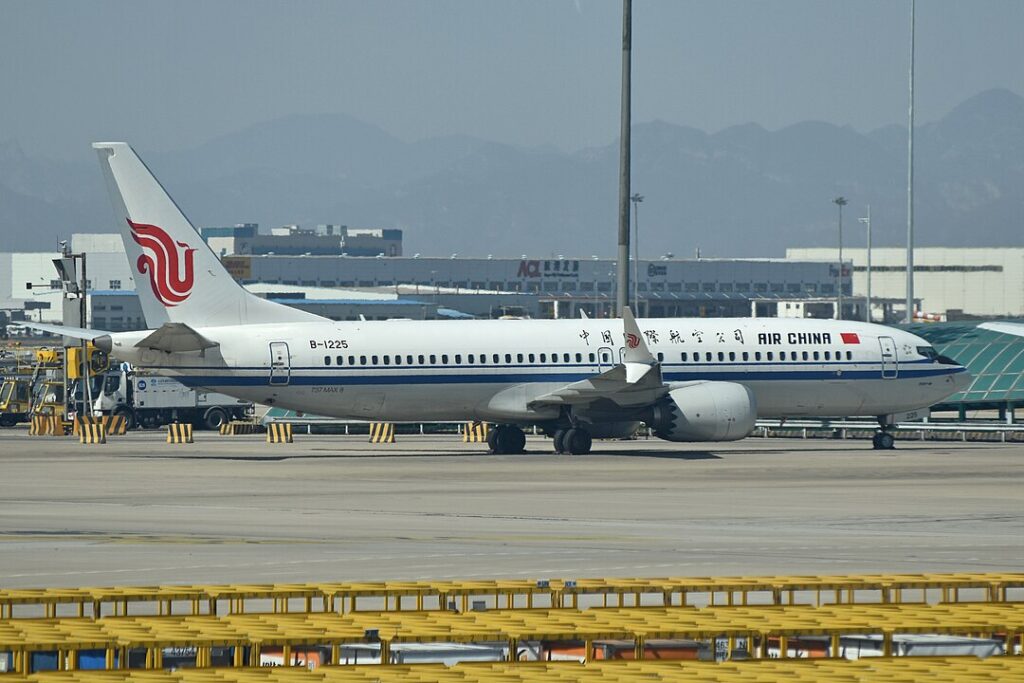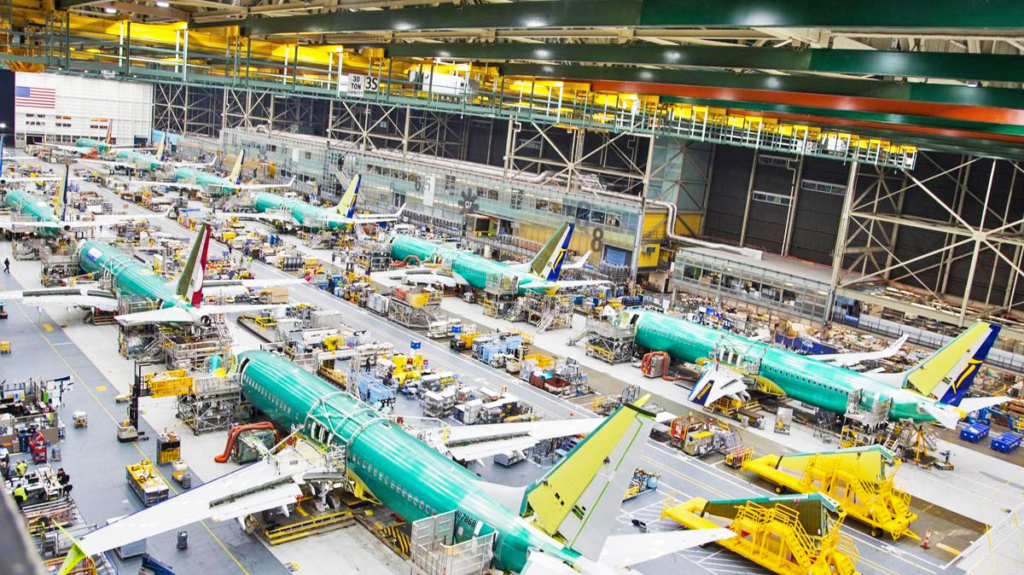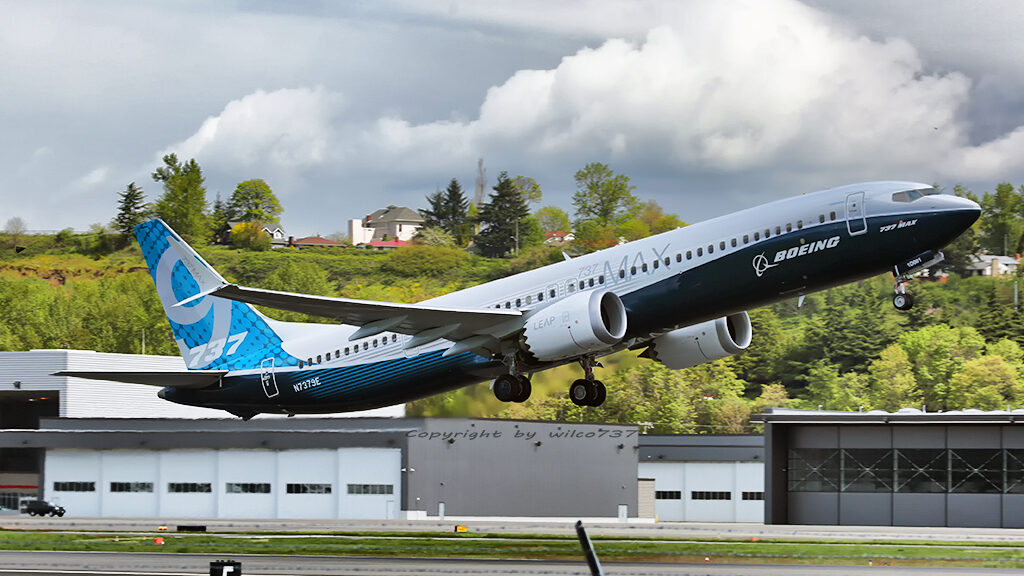SHANGHAI- A second Boeing 737 MAX 8 jet destined for a Chinese airline returned to the United States on Monday (April 21, 2025), according to flight tracking data.
The aircraft landed in Guam after departing from Boeing’s Zhoushan completion centre near Shanghai, marking what appears to be another casualty of the growing trade conflict between the United States and China.

Boeing 737 Returns to America
This development follows Sunday’s return of another 737 MAX painted with Xiamen Airlines (MF) livery, which completed its journey back to Boeing Field in Seattle. Both aircraft made the 5,000-mile journey across the Pacific in reverse of their intended delivery route.
The returns come in the wake of President Donald Trump’s decision to increase baseline tariffs on Chinese imports to 145%. China retaliated by imposing a 125% tariff on American goods.
These steep duties would create severe financial burdens for Chinese airlines accepting Boeing aircraft, as a new 737 MAX carries a market value of approximately $55 million according to aviation consultancy IBA.
Unclear Decision-Making
Flight records show the most recent aircraft had flown from Seattle to Zhoushan less than a month ago. However, it remains unclear which party—Boeing or the Chinese airline—decided to return the jets to American soil. Boeing has not responded to requests for comment on the situation.
Boeing may find alternative customers for these aircraft. Malaysia Airlines has expressed interest in acquiring jets that become available if Chinese airlines halt deliveries. This could provide Boeing with a solution for aircraft originally intended for the Chinese market.
The return of these 737 MAX jets signals broader disruption to new aircraft deliveries resulting from the collapse of the aerospace industry’s long-standing duty-free status. This tariff war comes at a particularly challenging time for Boeing, which had been recovering from an almost five-year import freeze on 737 MAX jets following earlier trade tensions.

Long-Term Implications
The confusion surrounding changing tariffs has created uncertainty throughout the aviation industry. Many airline executives have stated they would postpone aircraft deliveries rather than pay substantial duties. This position could leave numerous aircraft deliveries in limbo as the trade conflict continues without resolution.
This situation represents more than just two aircraft changing course—it symbolises the concrete impacts of escalating trade tensions between two global economic powers.
As both countries continue implementing retaliatory measures, the aerospace industry faces increasing challenges navigating the uncertain trade landscape.
Stay tuned with us. Further, follow us on social media for the latest updates.
Join us on Telegram Group for the Latest Aviation Updates. Subsequently, follow us on Google News

